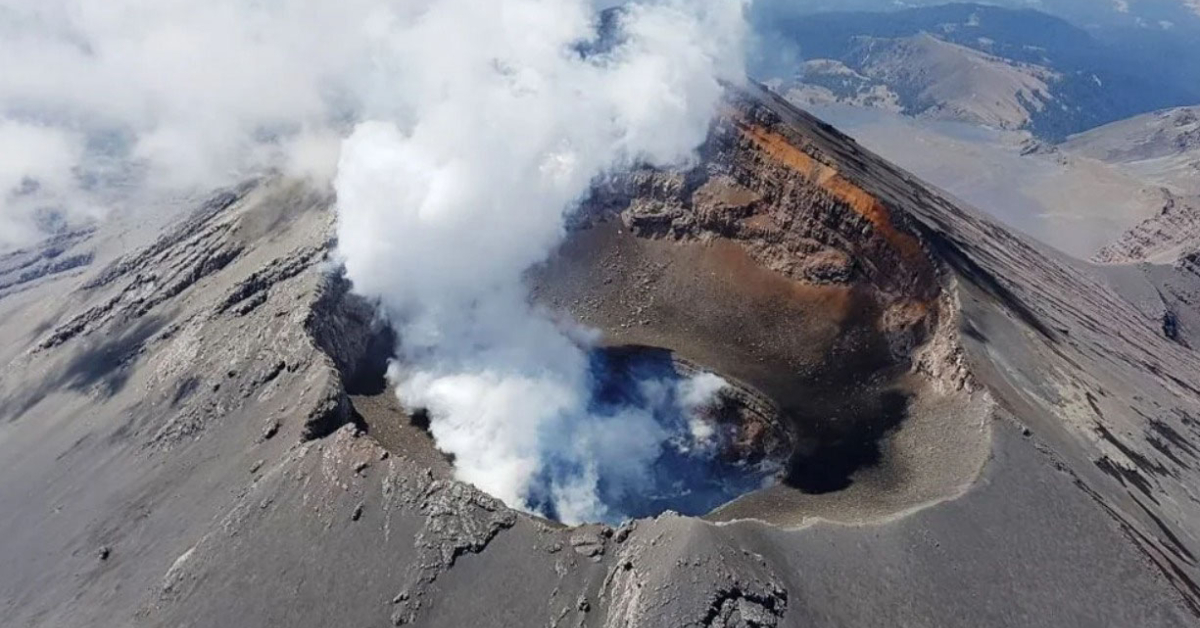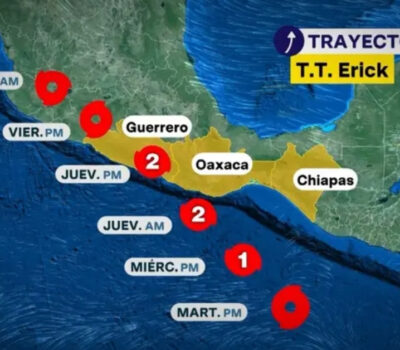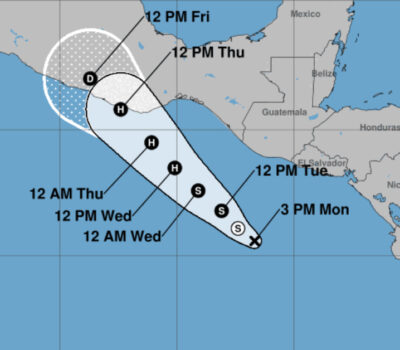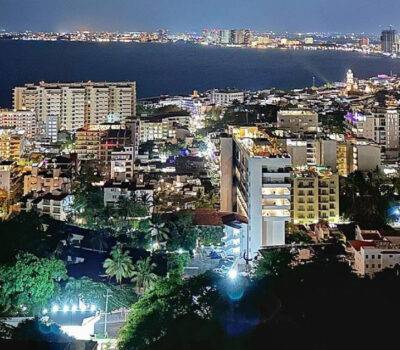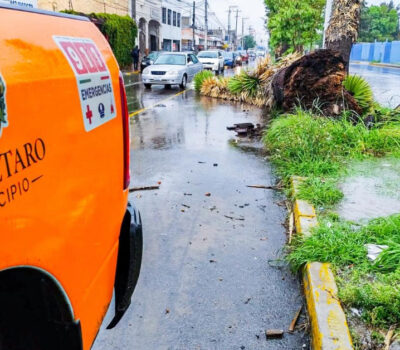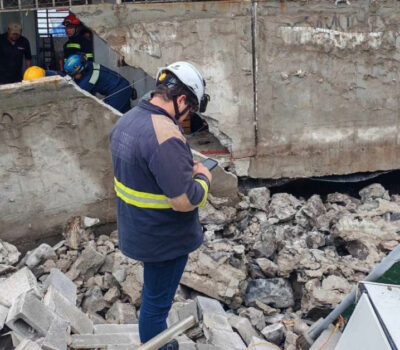The Popocatépetl volcano registered a new explosion this Friday morning and the expulsion of ash, reported the National Civil Protection Coordination (CNPC), which detailed that the alert traffic light remains in Yellow Phase 2.
At 04:26 hours the explosion occurred with low ash content, and it was specified that the height of the column was 1,100 meters in a southwesterly direction.
The Civil Protection authorities urged the population not to approach the volcano due to the strong activity it has registered in recent days.
In recent days, through the monitoring systems of the Popocatépetl volcano, around a hundred exhalations accompanied by water vapor, volcanic gases, and light amounts of ash have been detected.
In addition to minor explosions, of which three were recorded last Wednesday at 1:33 p.m., 5:08 p.m., and 6:42 p.m., and one this Thursday at 4:44 a.m. Also, 27 minutes of high-frequency tremors were recorded.
For these reasons, the National Center for Disaster Prevention ( CENAPRED) urged not to approach the volcano and especially the crater, due to the danger of falling ballistic fragments and, in case of heavy rains, to stay away from the bottoms of ravines due to the danger of mudflows and debris .
On September 19, after the magnitude 7.7 earthquake that occurred in Coalcomán, Michoacán, the Mexico City Secretariat for Comprehensive Risk Management and Civil Protection (SGIRPC) reported that the activity of the Popocatépetl volcano increased slightly and it was expected the fall of ash in Mexico City.
At 5:05 p.m. on Monday, September 19, phase two of the volcanic alert traffic light was activated.
The National Coordination of Civil Protection (CNPC) asked people to take extreme precautions in case there is a fall of ash generated by the great volcano, it also stressed the importance of knowing what effects are generated in the body.
“Ashes are particles produced by rock fragmentation during eruptions and are less than 2mm in size. Its effects can go unnoticed and last for a long time, even after the eruption is over,” he noted.
The affected areas in the respiratory system range from the extrathoracic region such as the nose, mouth, and larynx; the tracheobronchial region including the trachea and bronchi; as well as the alveolar region in the lungs and alveoli.
The Popocatépetl volcano registered a new explosion this Friday morning and the expulsion of ash, reported the National Civil Protection Coordination (CNPC), which . . .

